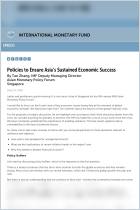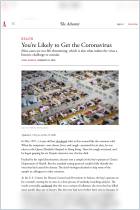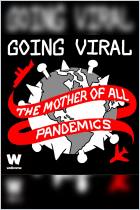
Substantial Undocumented Infection Facilitates the Rapid Dissemination of Novel Coronavirus (SARS-CoV-2)
Recommendation
People who show no symptoms of novel coronavirus (SARS-CoV-2) must still adhere to local control measures, to ensure the protection of vulnerable human populations. As researchers found, the virus freely circulated for weeks in Wuhan City, China, spread by people who were largely asymptomatic. In fact, an astounding 79% of initial infections occurred due to exposure to undocumented viral carriers. This in some part accounts for the rapid global spread of SARS-CoV-2, and makes its containment extremely challenging.
Summary
About the Authors
Authors include Ruiyun Li, MRC Centre for Global Infectious Disease Analysis, Department of Infectious Disease Epidemiology, School of Public Health, Faculty of Medicine, Imperial College, London; Sen Pei, Department of Environmental Health Sciences, Mailman School of Public Health, Columbia University, New York; Bin Chen, Department of Land, Air and Water Resources, University of California, Davis; Yimeng Song, Department of Urban Planning and Design, The University of Hong Kong; Tao Zhang, Ministry of Education Key Laboratory for Earth System Modeling, Department of Earth System Science, Tsinghua University, Beijing; Wan Yang, Department of Epidemiology, Mailman School of Public Health, Columbia University, New York; and Jeffrey Shaman, Department of Environmental Health Sciences, Mailman School of Public Health, Columbia University, New York.


















Comment on this summary